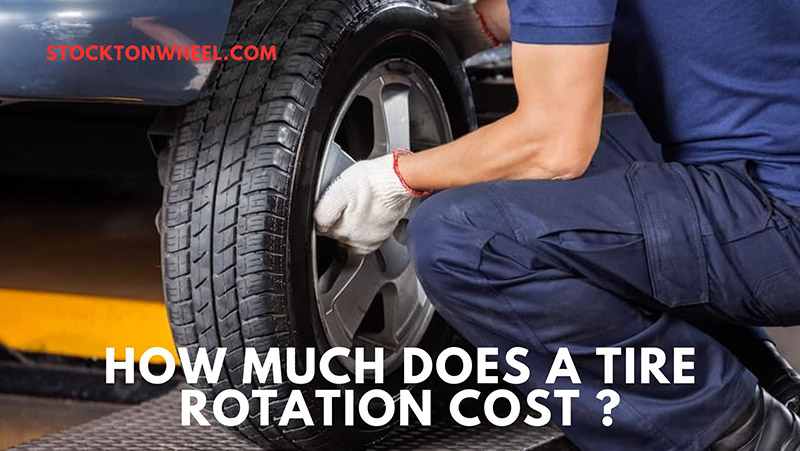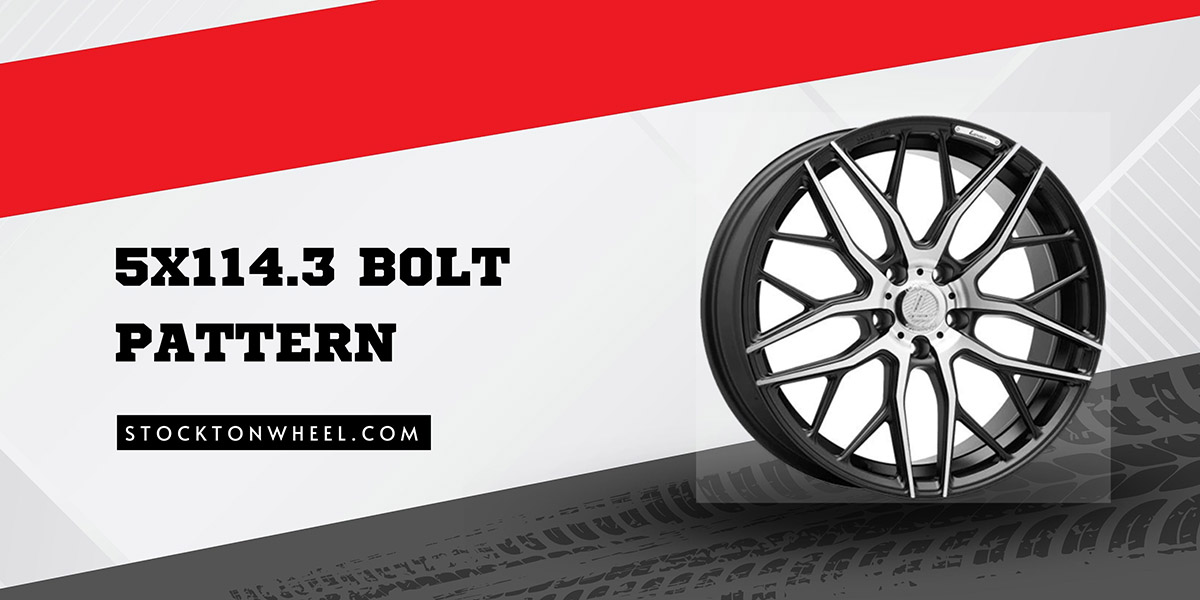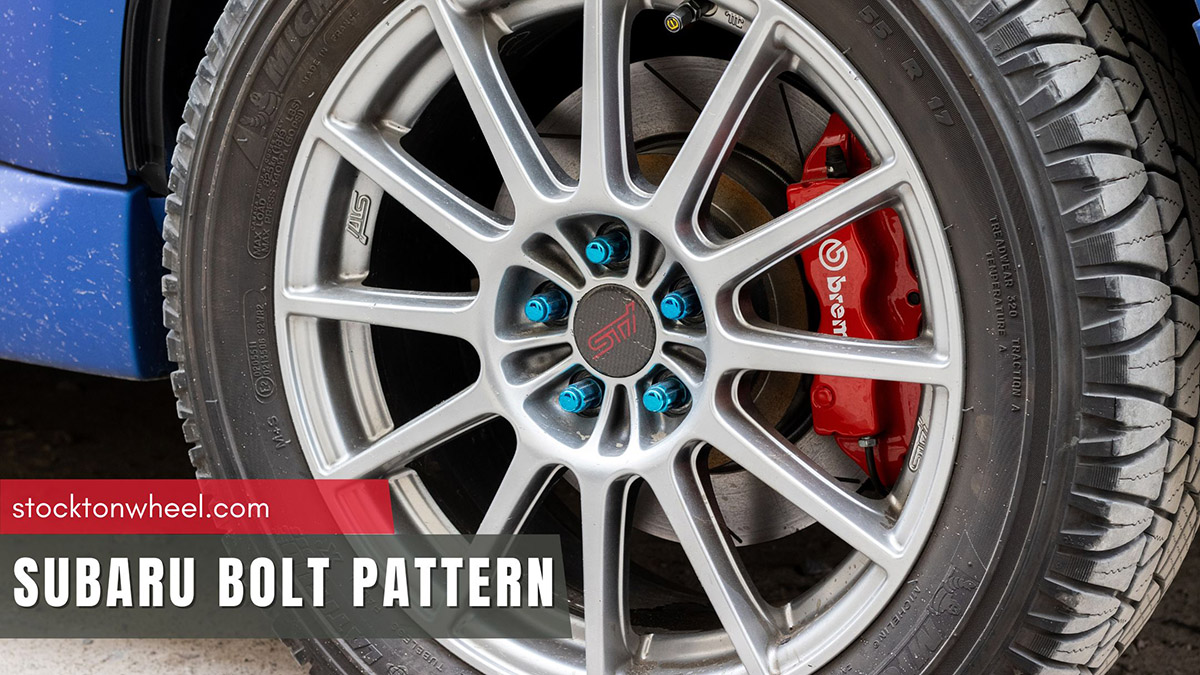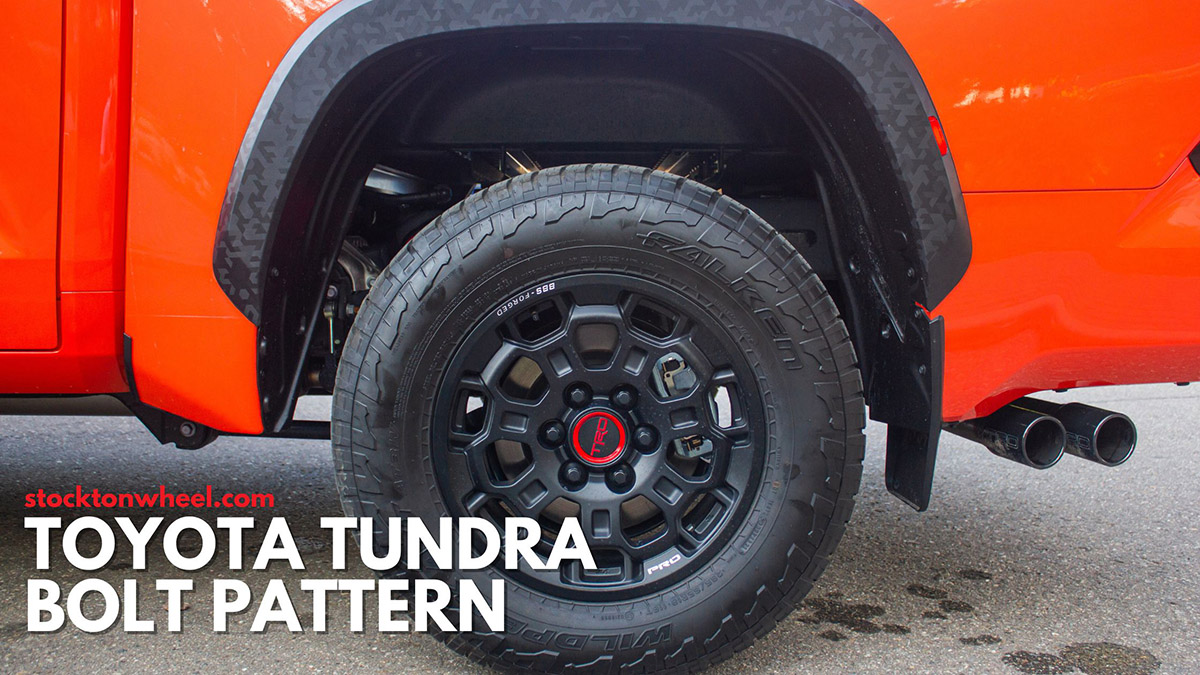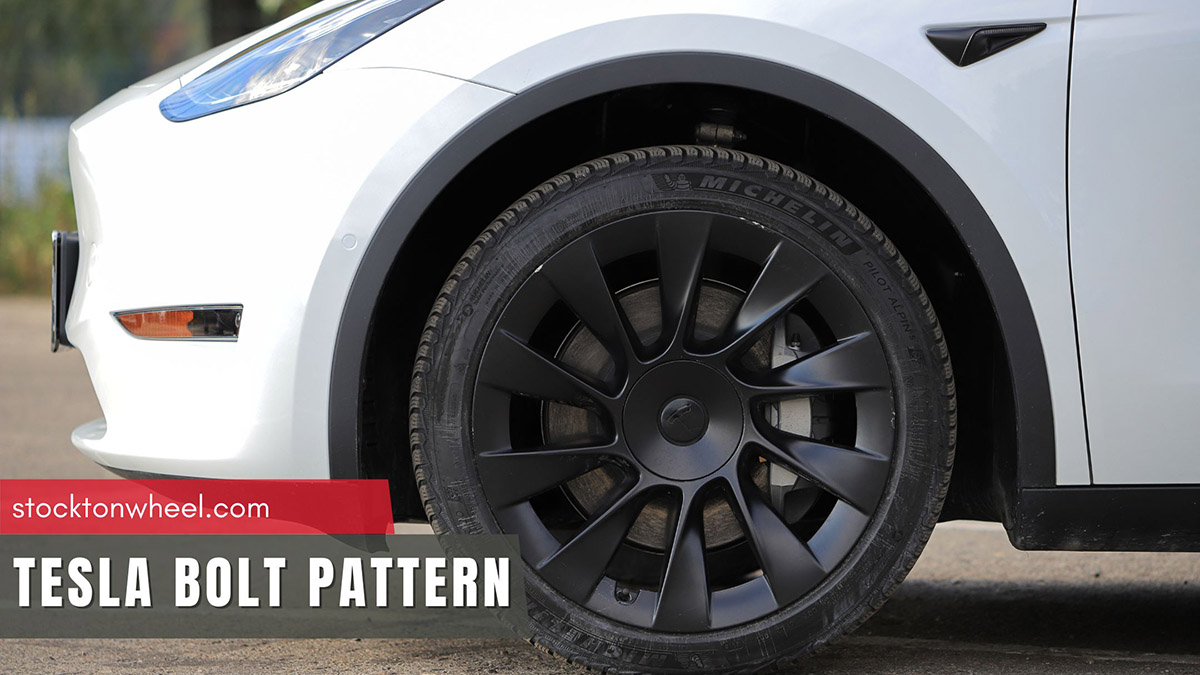Although tire rotations do not have to be frequent (roughly every two to three years), keeping an eye on them to detect premature defects is still a must. After all, sudden malfunctions might bring your cars to a rotation service center sooner than expected.
Here is where questions regarding the cost of tire rotation arise – which, fortunately, I can help you with. Keep scrolling for more information.
In this article:
How Much Does A Tire Rotation Cost?
For standard light trucks and cars, tire rotation packages are among the least pricey services out of the bunch – mostly fluctuating around $20 to $100. Better yet, it does not take much of your time, only less than 60 minutes.
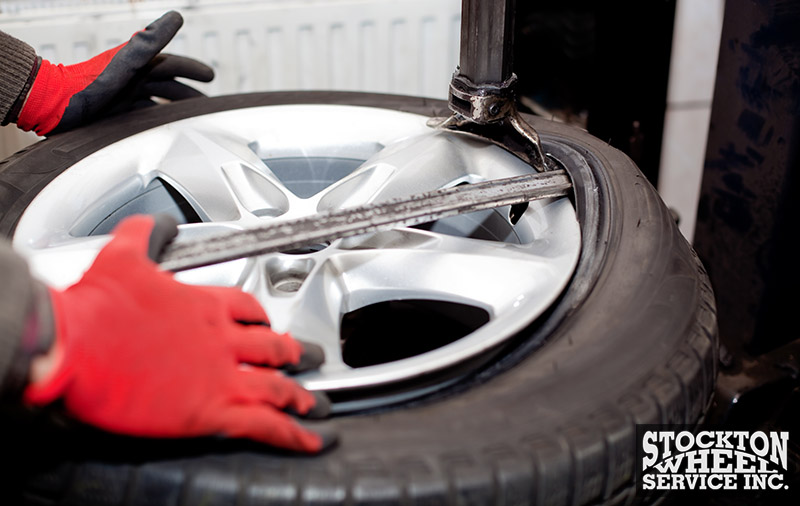
However, larger vehicles and luxury cars are a different story, whose complex designs demand more rotation expertise and hence, charge significantly higher at a whopping $200. Worse, regular tire rotations might not work on some of these cars; drivers have no choice but to opt for total tire replacements.
Here are the tire rotation costs from some dealers:
| Dealer | Price Range |
|---|---|
| Discount Tire | $15-$20 |
| Firestone | $20-$25 |
| Valvoline | $20-$50 |
| Costco | $18.99 to $21.99 |
| O’Reilly Auto Parts | $20-$30 |
| AutoZone | $20-$30 |
| Napa Auto Parts | $25-$35 |
| Pep Boys | $25-$40 |
| Jiffy Lube | $40-$50 |
And on another note, one should also consider other possible follow-up services; most people tend to have their tires rotated and aligned/balanced in one go, which may require another extra $20 to $30.
The types of drivetrain systems also play a part in deciding the overall pricing. Let’s delve into each:
1. FWD (Front Wheel Drive Vehicles)
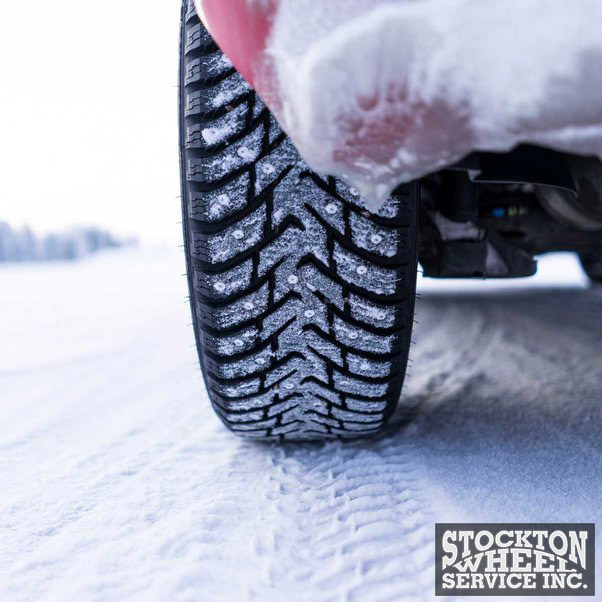
In basic front-wheel drive cars (Toyota Corolla or Honda Civic, for instance), technicians will rotate the rear and front tires in the “X” tire rotation pattern. More specifically:
- The tire and wheel at your rear passenger sides are moved to your front driver sides and vice versa
- The tire and wheel at your rear driver sides are relocated to your front passenger’s and vice versa
This pattern is pretty basic (plus, technicians do not even have to pull the tires from their wheels), so FWDs barely cost a fortune. The average pricing often runs between $40 and $70, taking roughly 45 minutes.
2. RWD (Rear-Wheel Drive)

Despite not thriving in the same popularity as FWDs, RWD’s rotation cost is surprisingly not that much different from FWDs. The price averages between $30 and $80, with potential fluctuations due to increased tire sizes on old vehicles.
3. AWD (All-Wheel Drive)
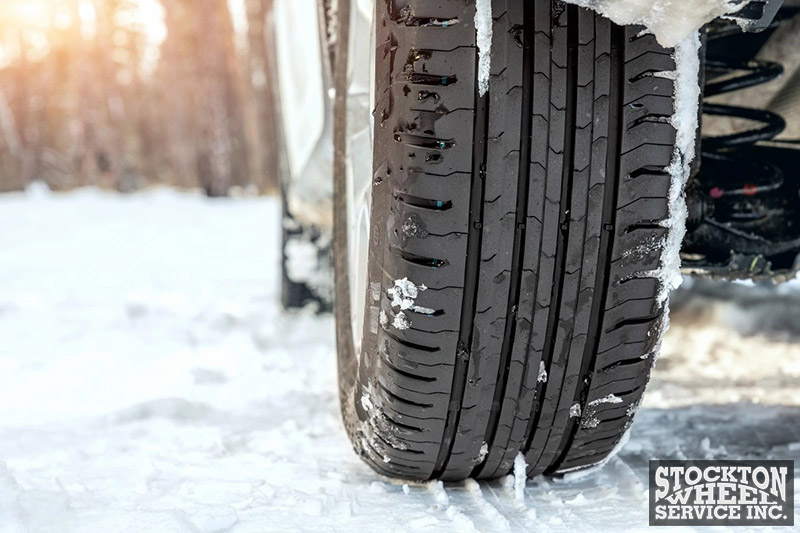
Likewise, AWDs fall into the same range as FWDs and RWDs – given that their wear is not too uneven. However, they likely require tire balancing for every rotation, which raises the cost by 50% (maximum). Prepare to invest about $80 to $100 for their tire services.
4. 4×4 or 4WD (Four-Wheel Drive)
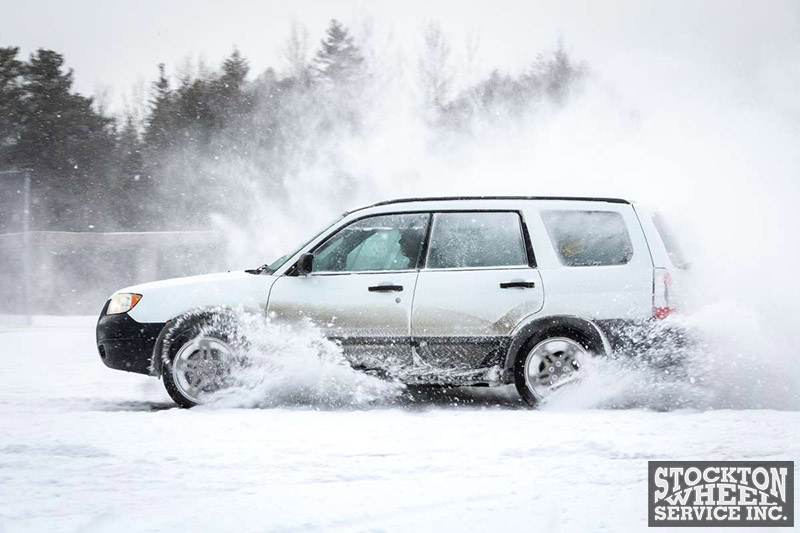
The most widespread assumption is that 4WD and AWD are similar; well, they are not. 4WD is meant only for part-time operation, meaning it exclusively runs on rear wheels until drivers have to switch to 4WD manually.
Hence, it is unsurprising that 4WD is much less costly than AWD. Its rotation charges are similar to 2WD systems, rarely going beyond $100.
5. Electric Vehicles
Despite being relatively new to the market, electric vehicles have already gained a bad reputation for excessive tire heat. The full-force torque application causes massive system strains at high operation and leads to progressive wear.
No wonder they demand more frequent tire rotations than other vehicle models. That’s why, despite having the same average cost of tire rotation as others ($80 to $100), they still eat up more portions of your budgets than FWDs, RWDs, or AWDs.
Can You Rotate Tires On Your Own to Save The Cost?
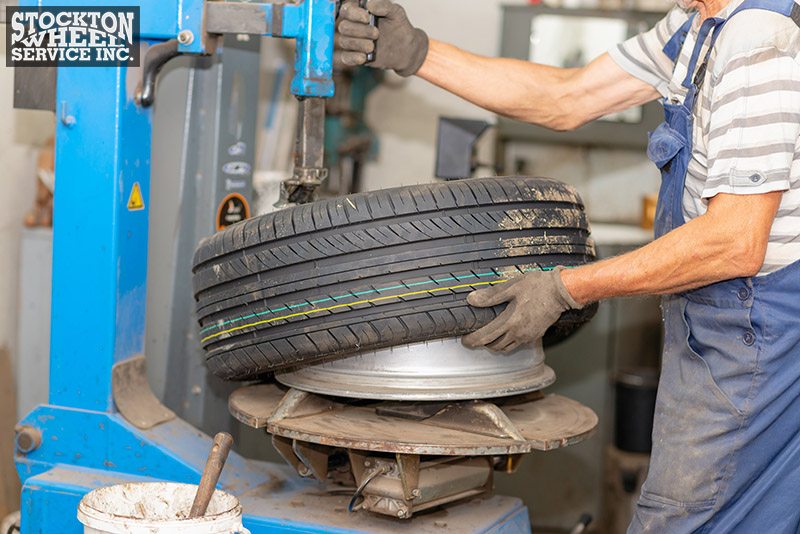
Yes, totally. Aside from the slight struggles in moving heavy tires from one place to another, the process is overall fairly straightforward.
You will need to equip yourself with these tools before getting started:
- A car jack
- Jack stands (If you have none, use bricks or concrete blocks as alternatives)
- A tire iron
Detailed Steps:
Step One. To steer clear of potential danger, ensure the parking brakes have been applied.
Step Two. Remove all lug nuts on the wheels. That way, pulling out the tires would be much easier once your car has been raised.
Step Three. Lift the car with your jack, then use a couple of jack stands/blocks to keep it stable. While some people like to lift the car completely off the floor, I do not really recommend it; accidents are more likely to occur in those cases.
Once done, rotate the road tires (remember to check whether they are non-directional tires or directional tires first).
Step Four. After finishing, slowly return the vehicle to the ground and tighten all lug nuts tightly.
Do You Need to Rotate The Spare Tire?
Yes, but only if the spares share the same functions, capabilities, and measurements as your other tires. Otherwise, do not waste your time and effort!
For instance, spare tires with a “T” sidewall mark are only meant for “Temporary” usage. Smaller and lower-performing than normal tires, they should never be included in your rotation attempts.
Full-size spares, on the other hand, are more than welcome here: they most likely have similar sizes, speed ratings, and even capacities to your main tires. Rotating all five tires in one go will keep them running longer, reducing the frequent need for new tire purchases.
Signs That Your Tires Might Need Rotation
Premature or Uneven Tire Wear
That is to be expected; as pressure is inconsistently applied, the wear patterns for each tire will vary drastically, too.
It would be best to rotate your tires as soon as possible. Putting it off until the wear has become too severe is not a very smart move; by then, professional tire technicians might ask you to replace all of them instead.
Vibration
There should not be any excessive vibration on paved, smooth roads; if there is, troubles with the tires are clearly at play, getting even more noticeable when you travel beyond 40 MPH.
Still, please note that other issues might also play a part in vibration, such as wheel alignment issues or failing suspension. In either scenario, taking the car to a tire shop will be your best bet.
Pressure Loss
Do your tires suffer from any recent punctures? By the time you spotted them, the tires must have lost quite a lot of air pressure already, resulting in uneven wear.
Before fixing these wears, you must diagnose the cause behind lost air pressure first. If you just go straight to tire rotation while ignoring air pressure issues, everything will eventually go back to square one.
What Happens If You Do Not Rotate Your Tires?
Your tires will never last long due to uneven tread and inconsistent wear rate.
Accidents and collisions are also sure to be around the corners; less tread leads to car imbalance, which, in turn, makes your car much more challenging to steer and control. Worse, low tire pressure also robs the braking system of its stability and grip, exposing you to tons of danger!
On another note, some brands require you to rotate the tires frequently to keep your warranty valid. If you don’t, they will definitely charge extra bucks for tire fixes when something bad occurs to your car.
Conclusion
Regardless of the cost, tire rotation is not something you can turn a blind eye to. If you still need more clarification or support, contact my auto expert team or your tire manufacturers.

